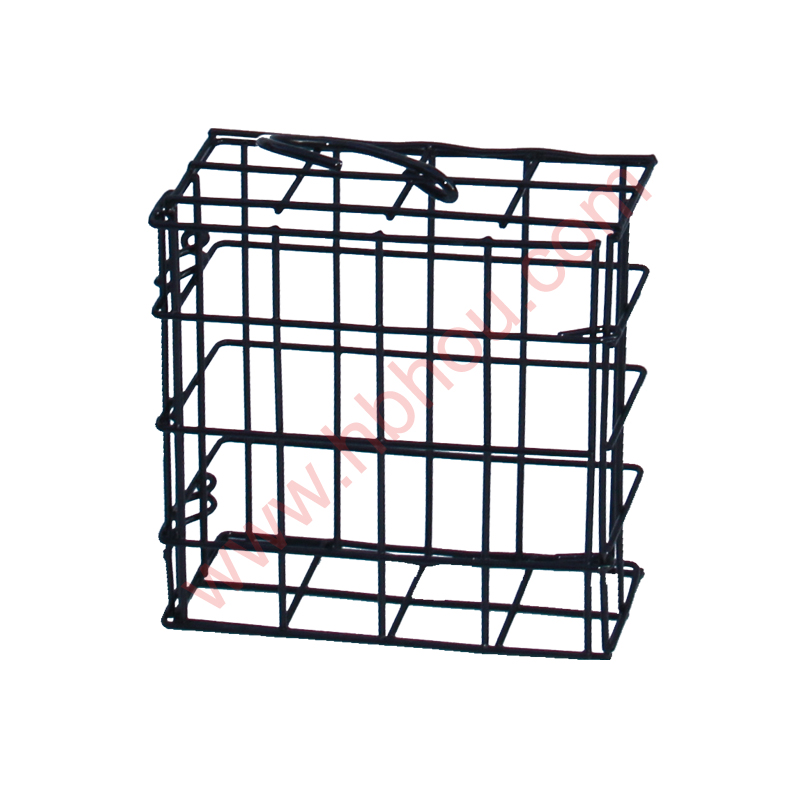Understanding Wire Mesh Types A Comprehensive Guide
Wire mesh, a versatile and essential material in various industries, is made from metal strands woven together to create a network of openings. Its applications range from construction and agriculture to manufacturing and filtration systems. Understanding the different types of wire mesh is crucial for selecting the right kind for your specific needs.
1. Welded Wire Mesh
Welded wire mesh is created by welding together intersecting wires at their joints, forming a robust and uniform mesh. It is available in various sizes and gauges and is often used in construction and fencing. The tight construction provides durability and strength, making it suitable for supporting concrete in slabs and as reinforcement in building projects. Additionally, welded wire mesh is resistant to corrosion, particularly when made from galvanized steel, adding to its longevity in outdoor settings.
2. Woven Wire Mesh
Woven wire mesh is made from individual wires that are woven together, similar to a fabric. This type of mesh is commonly used in industrial applications, including filtration and sieving. The weave pattern can vary (plain weave, twill weave, and Dutch weave), allowing for different levels of strength and filtration ability. Woven wire mesh is often used in mining, food processing, and petroleum industries, where filtration needs are critical.
3. Expanded Metal Mesh
Expanded metal mesh is made by cutting and stretching a metal sheet to create a mesh pattern. This type of mesh is unique because it retains the structural integrity of the original sheet while creating numerous openings. Expanded metal is lightweight yet strong, making it a popular choice for security applications, such as grills, fences, and decorative elements. It is also used in architectural applications due to its aesthetic appeal.
wire mesh types

Perforated metal mesh is created by punching holes into a solid metal sheet. The result is a sheet that offers ventilation, filtration, and aesthetic appeal. This type of wire mesh is widely used in industrial and commercial applications, including air conditioning systems, sound panels, and machinery guards. The size and shape of the holes can be customized, allowing for a range of airflow and visibility options.
5. Chain Link Mesh
Chain link mesh is made from interlocking steel wire, creating a diamond-shaped pattern. It is primarily used for fencing around properties and in sports facilities. Chain link fences are popular due to their cost-effectiveness, easy installation, and low maintenance. They provide security while allowing visibility, making them an ideal choice for residential, commercial, and industrial applications.
6. Stainless Steel Mesh
Stainless steel mesh is corrosion-resistant and provides strength and durability in harsh environments. It is commonly used in applications where hygiene is essential, such as in food processing or in marine settings. Stainless steel mesh is also utilized in architectural applications, offering aesthetic benefits along with practical uses like balustrades and screens.
7. Anti-Static Wire Mesh
Anti-static wire mesh is specially designed to reduce the build-up of static electricity. This type of mesh is crucial in environments where static discharge can damage sensitive electronic components. It is widely used in the electronics industry and clean rooms. Anti-static coatings are applied to the wire mesh to ensure safety and functionality.
Conclusion
Choosing the right wire mesh type depends on various factors, including the intended application, environmental conditions, and specific requirements for strength and durability. Each type of wire mesh offers its unique advantages, making it important to understand their characteristics. Whether you are involved in construction, manufacturing, agriculture, or any other industry that utilizes wire mesh, being informed about the different types can help optimize your projects and ensure you select the best material for your needs. Understanding wire mesh types not only facilitates better decision-making but also enhances the efficiency and longevity of your applications.
















